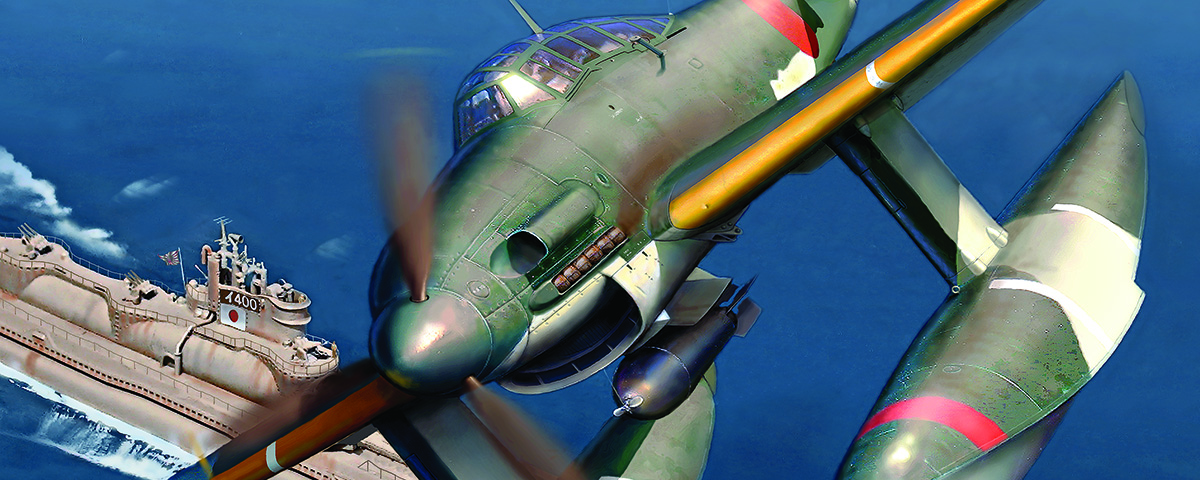What if japan had attacked the panama canal at the same time as it attacked pearl harbour?
It did launch attacks on Singapore and other targets across southeast Asia on the same day, and I wondered if this was feasible.
I was picturing some kind of giant kamikaze style thing where a merchant ship loaded with explosives was sailed into the locks and detonated.
I'm not sure what security was like at the time, or how long it would have taken to fix.
If they could have done it, it would surely have given them at least some advantage, with the delays getting allied warships and supplies transported.
Any thoughts?
It did launch attacks on Singapore and other targets across southeast Asia on the same day, and I wondered if this was feasible.
I was picturing some kind of giant kamikaze style thing where a merchant ship loaded with explosives was sailed into the locks and detonated.
I'm not sure what security was like at the time, or how long it would have taken to fix.
If they could have done it, it would surely have given them at least some advantage, with the delays getting allied warships and supplies transported.
Any thoughts?
